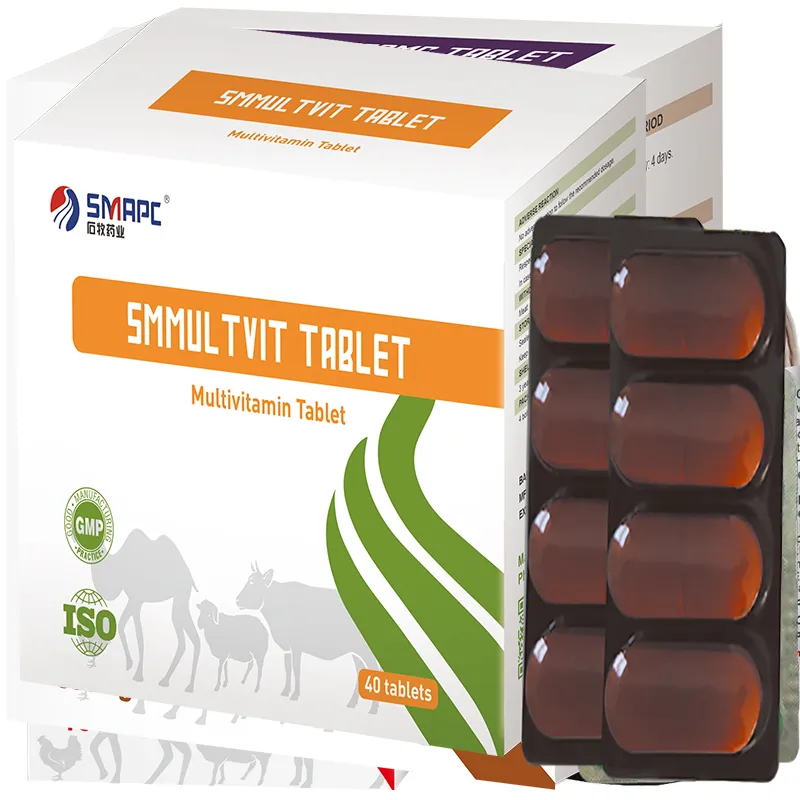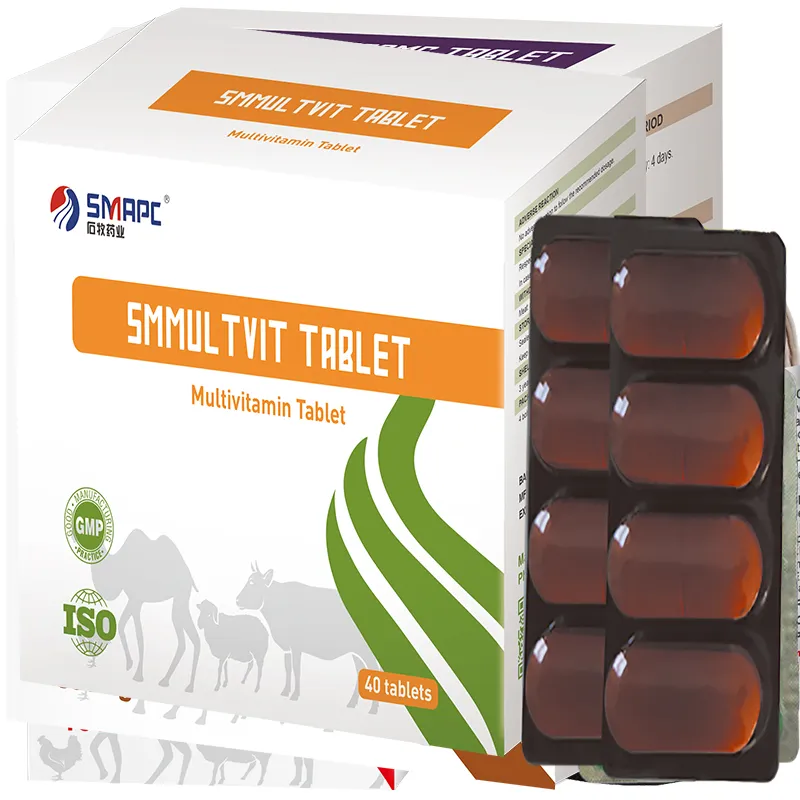Worm infestations pose a significant threat to the health and well-being of horses, leading to a range of health issues that can impact their performance, growth, and overall quality of life. As horse owners, understanding the importance of effective deworming practices is crucial. This article delves into the role of horse medicine in combating worms, the types of worms that can infest horses, and best practices for deworming.










